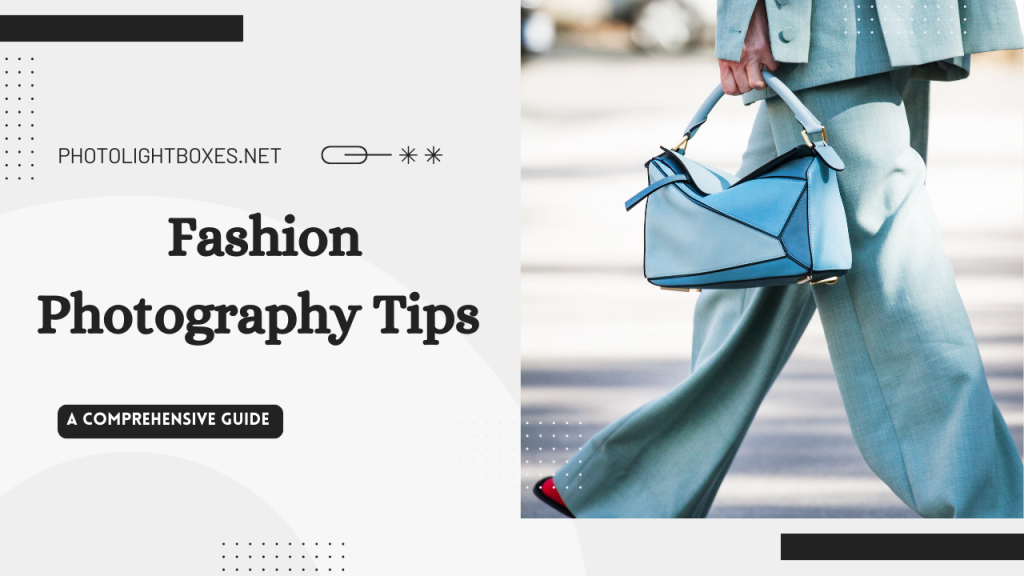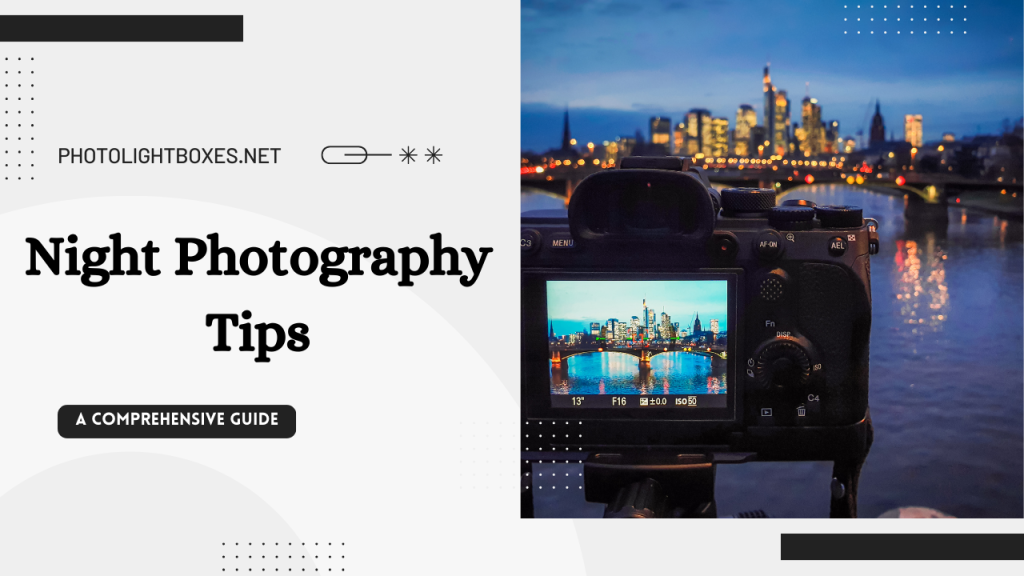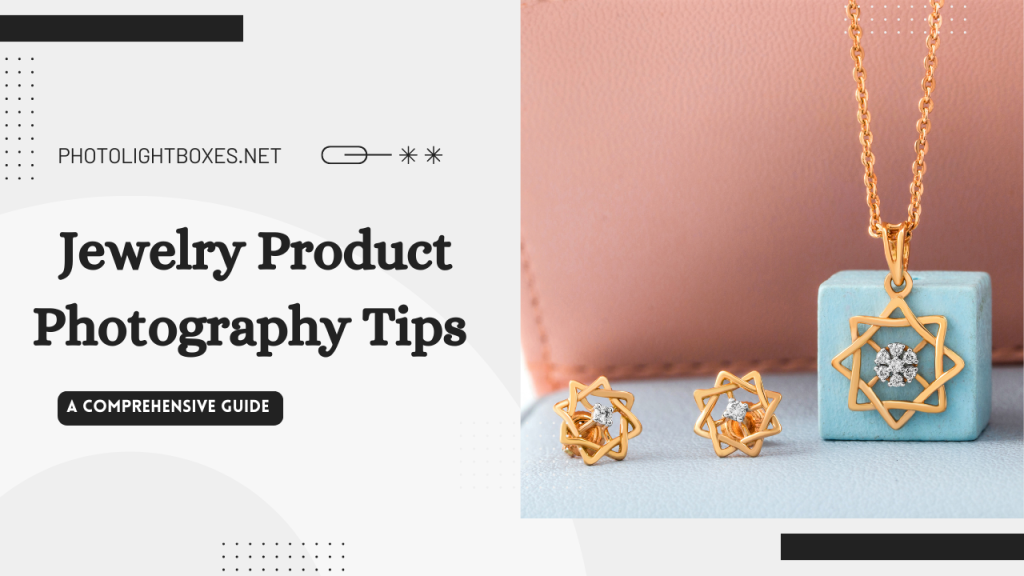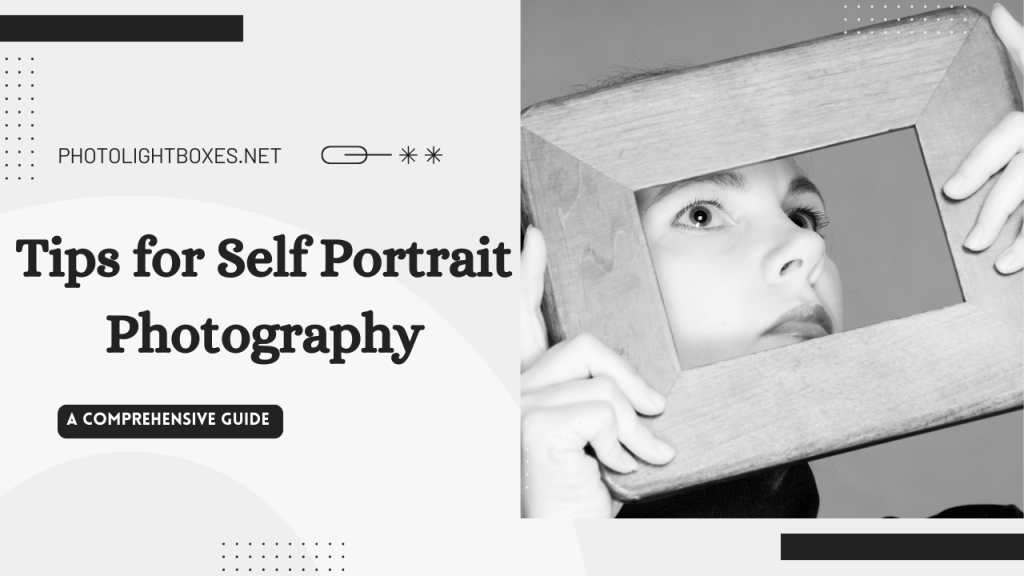Zoo Photography Tips! Zoos offer a fascinating glimpse into the animal kingdom, making them a paradise for photographers eager to capture the beauty and charisma of creatures from around the globe. Zoo photography is a unique genre that demands a blend of patience, creativity, and technical skill.
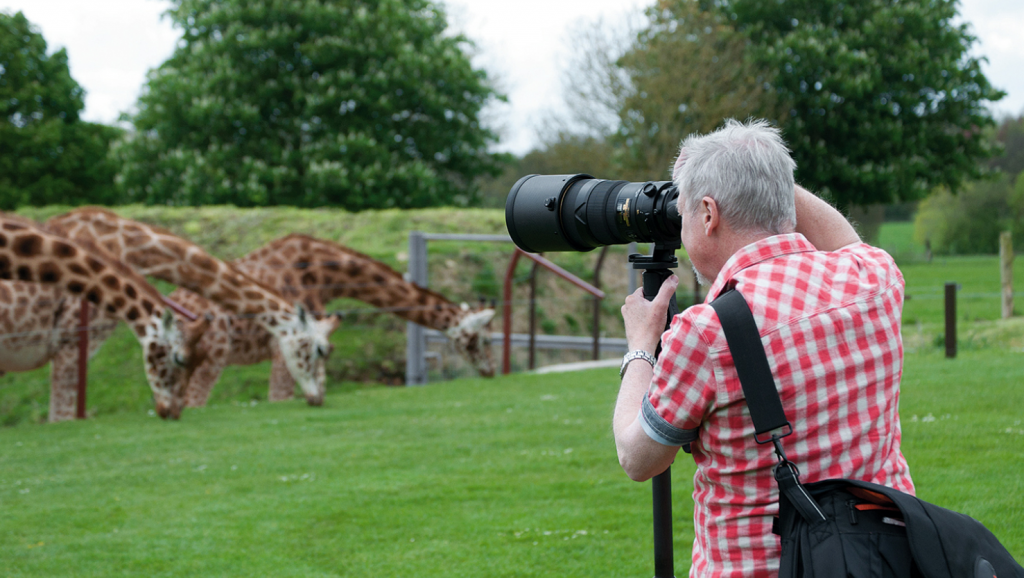
Whether you’re a seasoned photographer or an amateur with a passion for wildlife, this guide to zoo photography will provide you with valuable tips and insights to make the most of your next visit. Join us on a captivating journey as we explore the world of zoo photography, from selecting the right gear to mastering essential techniques. Get ready to embark on an adventure to immortalize the captivating residents of these animal sanctuaries in your photographs.
Essential Zoo Photography Tips
Here are some tips for zoo photography.
Tip 1: Choose the Right Zoo
Selecting the right zoo is the first crucial step in ensuring a successful zoo photography outing. Not all zoos are created equal, and your choice can significantly impact the variety and quality of subjects you encounter. Consider the following factors when selecting your destination:
- Size and Variety: Larger zoos often offer a more extensive collection of animals and exhibits, providing a wider range of photographic opportunities. Smaller zoos may have fewer animals but can offer a more intimate and less crowded experience.
- Location: Your location plays a vital role in your zoo options. Urban areas tend to have multiple zoos to choose from, while rural areas may have limited or no options nearby.
- Research: Before your visit, research the zoo’s website for information on hours of operation, special events, and animal exhibits. Many zoos also provide online guides to help you plan your day and locate the exhibits that interest you the most.
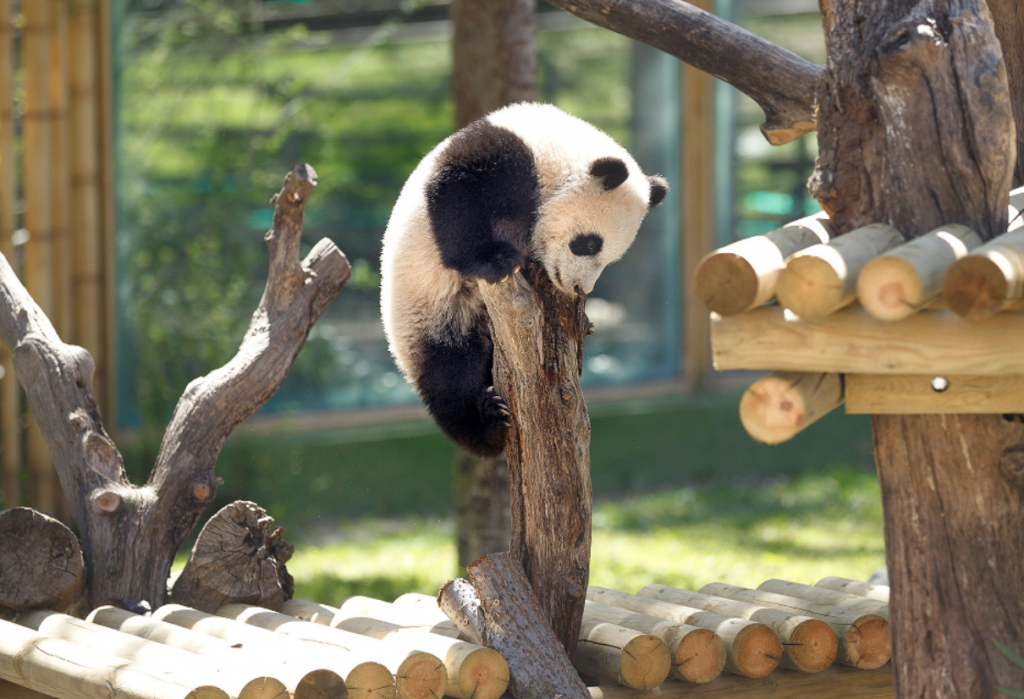
Tip 2: Use a High-Resolution Camera
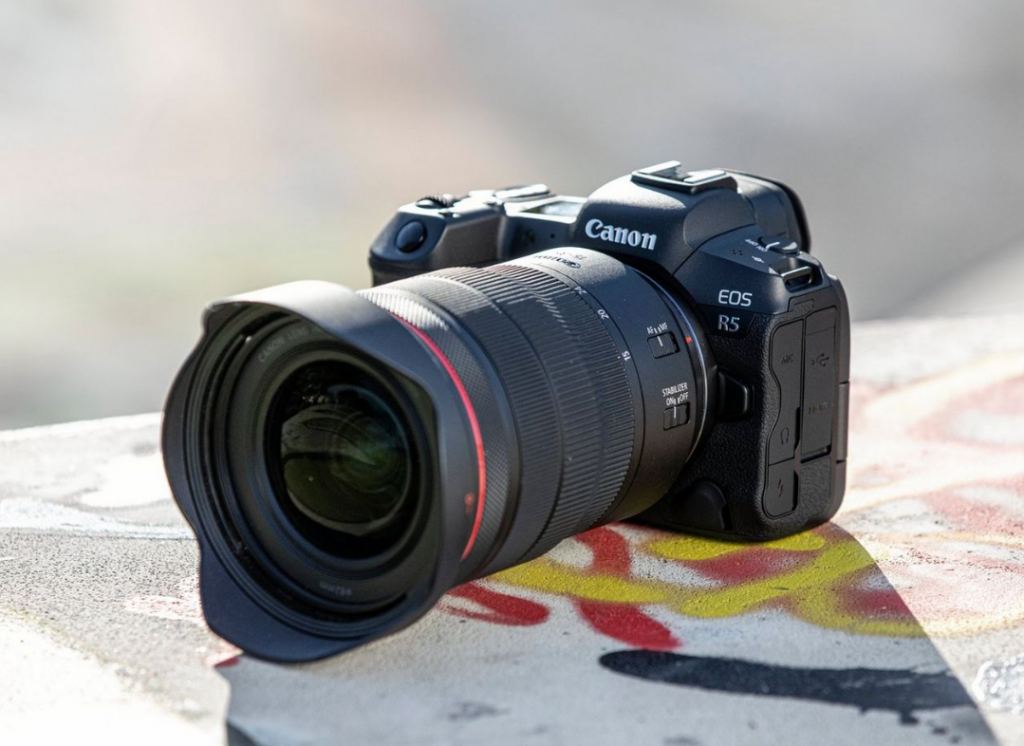
When photographing zoo animals, the quality of your equipment matters. A high-resolution camera, such as a DSLR (Digital Single-Lens Reflex), is essential for capturing intricate details and producing sharp, clear images. Here’s why a high-resolution camera is advantageous:
- Detail Capture: High-resolution cameras excel at capturing fine details, such as the texture of an animal’s fur or the patterns on their skin.
- Crop Flexibility: The high pixel count allows you to crop and zoom in on your photos during post-processing without sacrificing image quality.
- Low-Light Performance: Many high-resolution cameras offer superior low-light performance, enabling you to take great shots even in challenging lighting conditions.
Tip 3: Use a Polarizing Filter
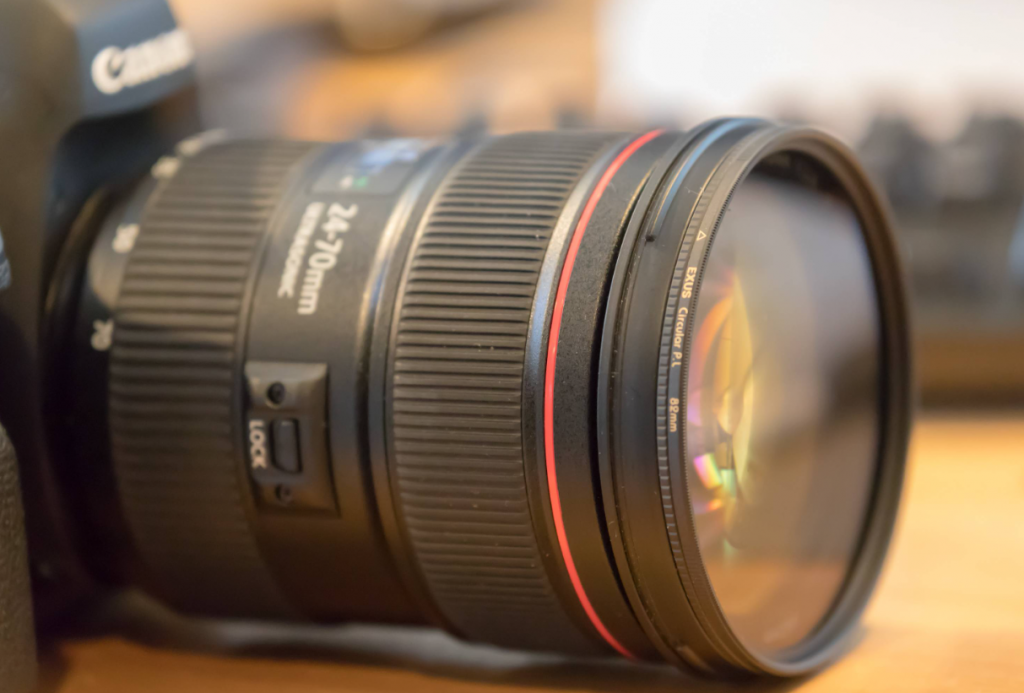
To make your zoo photographs stand out, consider using a polarizing filter. This simple accessory can significantly enhance the quality of your images in several ways:
- Reflection Reduction: A polarizing filter helps reduce reflections and glare on glass enclosures, water surfaces, and shiny animal coats, resulting in clearer and more vibrant photos.
- Contrast Enhancement: By reducing scattered light, polarizers can increase the contrast in your images, making colours appear more saturated and the overall scene more visually appealing.
- Sky Enhancement: When photographing outdoor exhibits or animals under an open sky, a polarizing filter can deepen the blue hues of the sky and add drama to your compositions.
Tip 4: Use a Tripod
Steadiness is crucial when photographing animals, as even a slight camera shake can lead to blurry shots. Using a tripod offers several advantages:
- Stability: A tripod provides a stable platform for your camera, reducing the risk of camera shake and ensuring sharp images, especially when using slower shutter speeds.
- Consistency: It helps maintain consistent framing and composition, making it easier to capture multiple shots of the same subject without variations in angle or perspective.
- Creativity: A tripod allows you to explore creative techniques such as long-exposure photography or time-lapse sequences, adding depth and interest to your zoo photos.
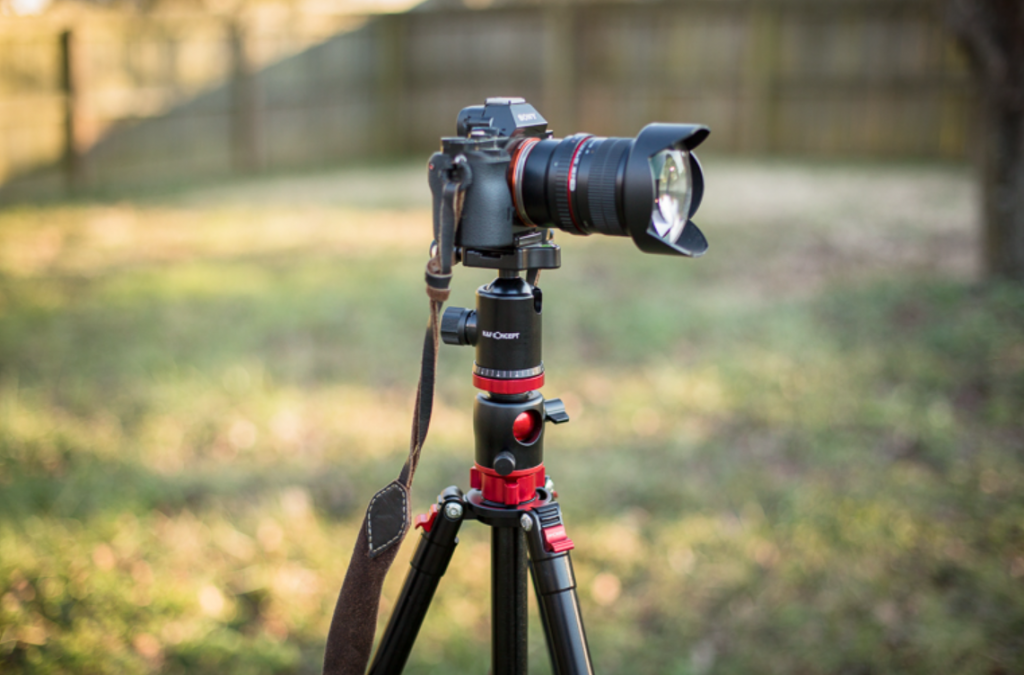
Tip 5: Choose a Long Focal Length and a Wide Aperture
When photographing animals at the zoo, the choice of camera settings plays a significant role in the outcome. Opting for a long focal length and a wide aperture can make a world of difference in your zoo photography:
- Long Focal Length: Using a long focal length lens, such as a telephoto or zoom lens, allows you to get up close and personal with the animals even if you can’t physically get too close. This is especially useful for capturing animals in enclosures or those that are farther away.
- Wide Aperture: A wide aperture, denoted by a smaller f-number (e.g., f/2.8 or f/4), allows you to achieve a shallow depth of field. This means that your subject, such as an animal, will be in sharp focus, while the background will be beautifully blurred, creating an appealing separation and making the animal stand out.
By combining a long focal length with a wide aperture, you can create striking and captivating zoo photos that emphasize the essence of the animals while minimizing distracting backgrounds.
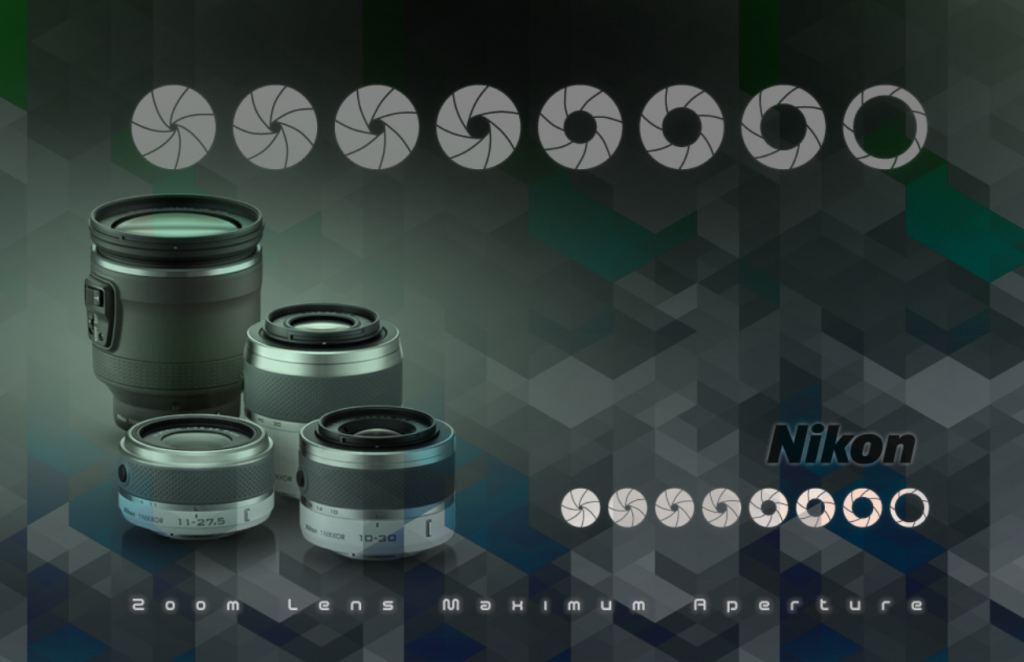
Tip 6: Control Your Shooting Angle
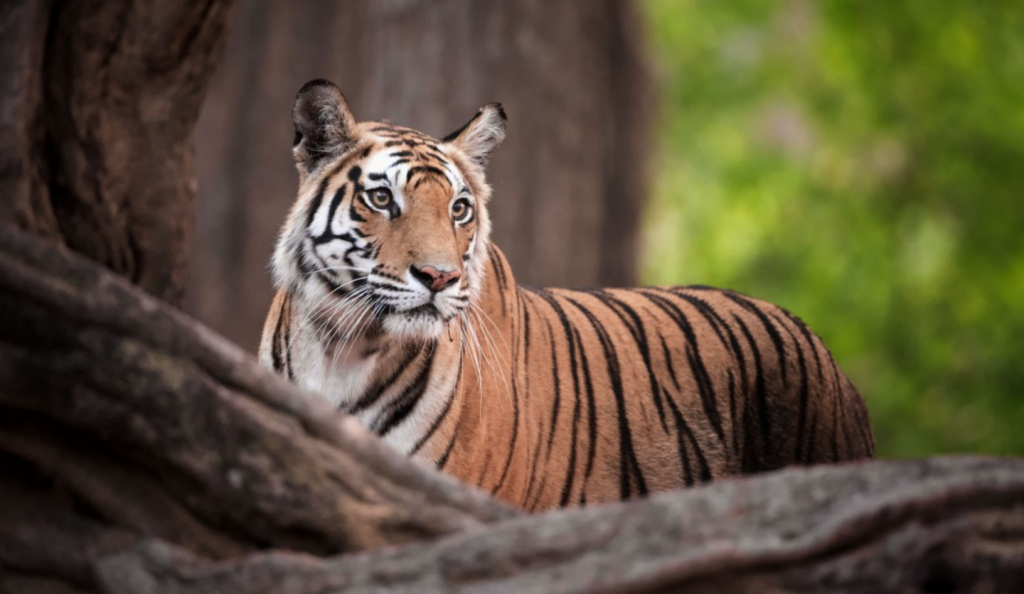
The angle from which you photograph animals in a zoo can significantly impact the visual appeal of your shots. Consider these tips for controlling your shooting angle:
- Avoid Distractions: Pay attention to the animal’s surroundings and eliminate any distracting elements from your frame. This may involve adjusting your position or waiting for a better angle to avoid unwanted objects or other visitors in the background.
- Shoot at Eye Level: Whenever possible, aim to capture animals at eye level. This perspective provides a more intimate and engaging view of the animal’s world, creating a stronger connection between the subject and the viewer.
- Experiment with Perspectives: Don’t be afraid to experiment with different shooting angles. Try photographing animals from below or above to showcase unique angles and perspectives. These unconventional viewpoints can result in intriguing and memorable images.
Tip 7: Use Different Gear for Zoo Photography
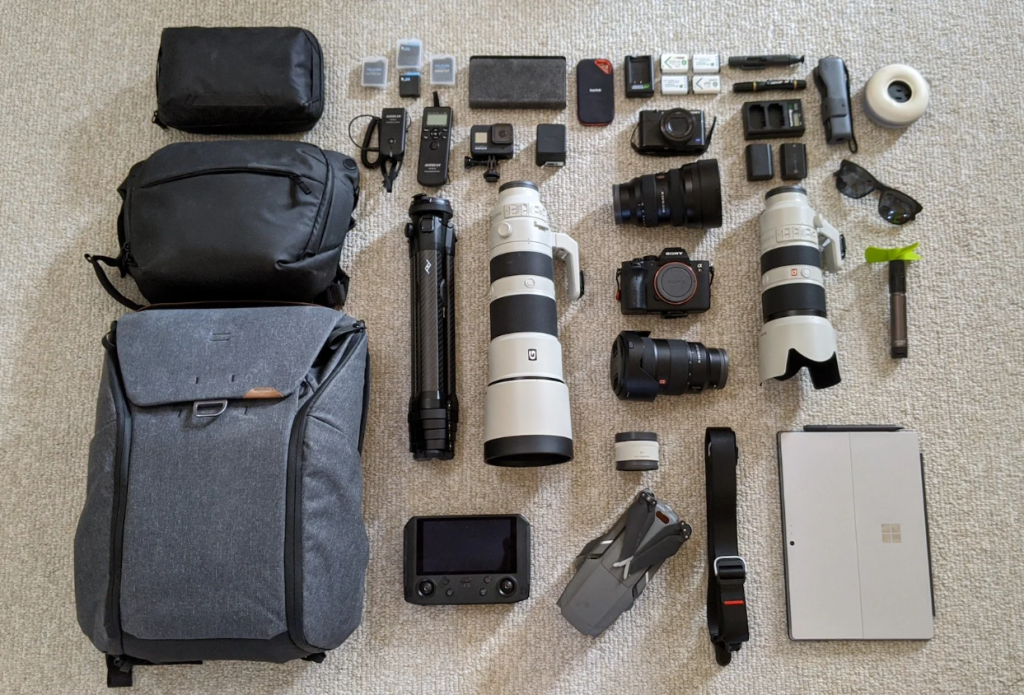
Zoo photography often requires a variety of gear to adapt to different shooting situations and subjects. Here are some essential gear considerations for your zoo photography toolkit:
- Telephoto Lens: A telephoto lens with a long focal length allows you to capture distant animals and isolate subjects from busy backgrounds.
- Fast Shutter Speed: Animals can be unpredictable, and capturing their movements may require a fast shutter speed. A shutter speed of 1/500th of a second or faster is ideal for freezing action.
- Aperture Priority Mode: Shooting in aperture priority mode gives you control over the depth of field. It’s a versatile mode for zoo photography, allowing you to adjust the aperture while the camera sets the appropriate shutter speed.
- Monopod: While tripods are excellent for stability, a monopod offers more mobility and is suitable for situations where you need to follow animals on the move.
Tip 8: Time of Day (and Weather) Must Be Considered
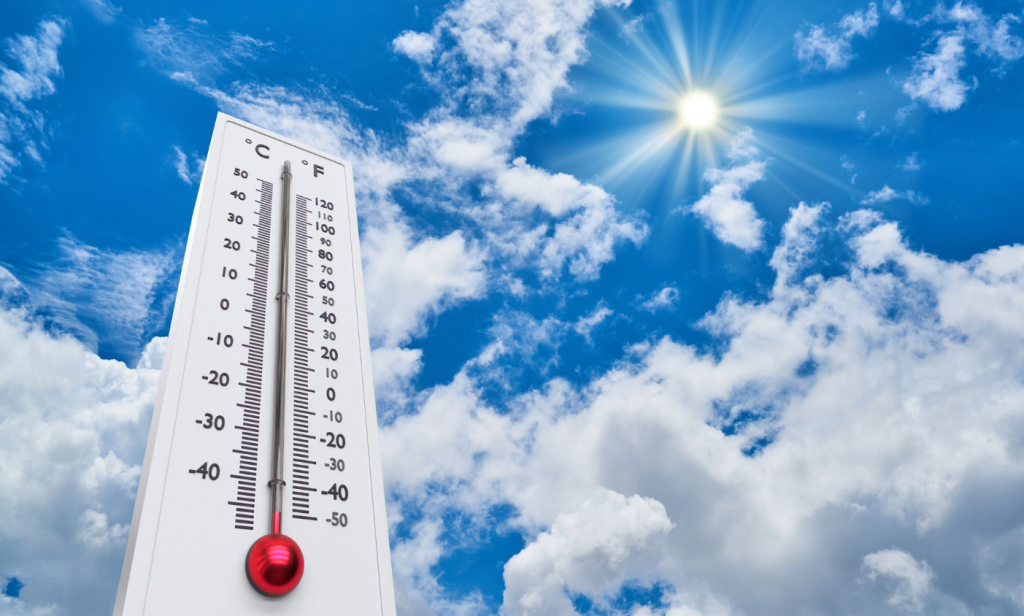
The time of day and weather conditions can significantly impact the lighting and mood of your zoo photographs. Here’s what you should consider:
- Golden Hours: Early morning and late afternoon, often referred to as the golden hours, offer soft, warm, and flattering light for your photos. The angled sunlight during these times can create dramatic shadows and highlights, adding depth to your images.
- Harsh Midday Sun: Midday light can be harsh and create unflattering shadows. However, you can use this to your advantage by capturing striking silhouettes or experimenting with high-contrast black-and-white photography.
- Overcast Days: Cloudy or overcast days can provide even, diffused lighting, reducing harsh shadows and glare. These conditions are excellent for capturing fine details and vibrant colours.
Conclusion
Zoo photography is a delightful way to explore the world of wildlife photography and hone your skills. By choosing the right camera settings, controlling your shooting angle, using diverse gear, and considering the impact of time of day and weather, you can elevate your zoo photography and capture captivating images of the animals in their unique habitats. Remember to be patient, observe the animals’ behaviour, and enjoy the process of creating memorable photographs.
Note: Interested to know about Nature Photography Tips?
